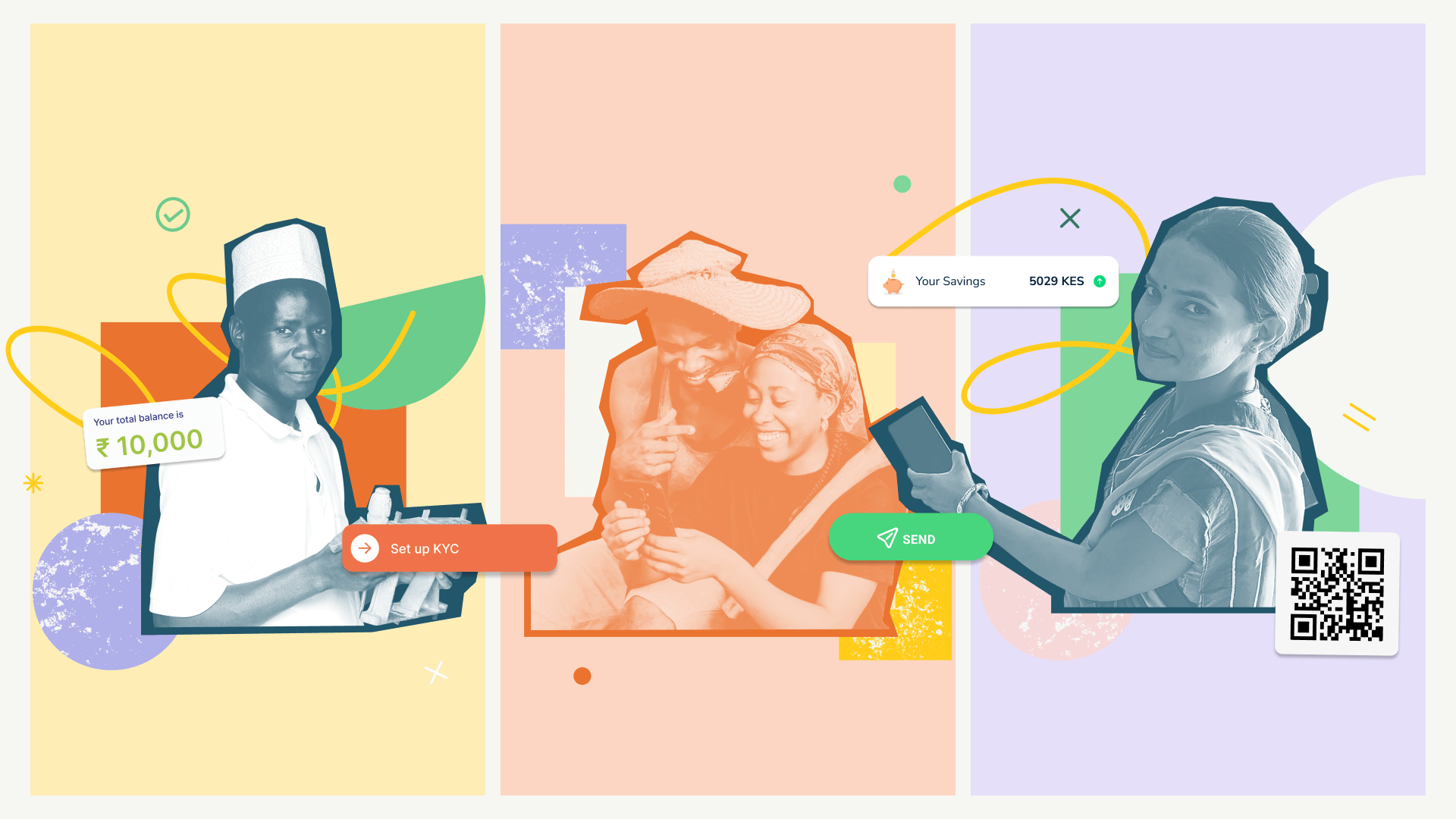How game design can help us reshape life online

Our relationship to digital spaces needs repair.
There is a growing desire to address and eradicate the harmful mental health impacts of technology that are increasingly permeating our daily experiences. The surgeon general has issued a warning about the damaging effects of social media on children and adolescents; young adults are telling us that they want more thoughtfully-designed digital worlds that lean into the positive impacts of technology while reducing harm.
But in the Play Lab, we dare to dream. We believe that our digital spaces can be reshaped to help us thrive.
In 2022, the IDEO Play Lab partnered with Riot Games, Joan Ganz Cooney Center, and the Fair Play Alliance to launch the Design for Digital Thriving Challenge with the aim of encouraging changemakers to create healthy, inclusive digital spaces. Our goal was to create a shared foundation for responsible design, so that those creating digital spaces can help people use technology to lead rich, fulfilling lives.
To get there, we brought together experts from the realms of play, kids and families, and design, and connected them with changemakers all over the world. Together, they submitted some 150 concepts for digital features, products, and platforms—like rituals that can help families create healthy relationships to devices and tools for cross-generational storytelling. After reviewing their ideas, hosting co-design sessions with young people, throwing community events, and distributing $200,000 in grants, we realized something: The world of gaming offered great lessons in designing for digital thriving.
We’re excited to share a set of design principles we’ve borrowed from the gaming space, in hopes of helping ourselves and others create better, more inclusive, people-first digital spaces.
1️⃣ Create pauses and thresholds.
Today’s digital spaces aim to hook our attention for as long as possible, with no regard for how it affects our lives. Aza Raskin, the designer of the “infinite scroll” feature that has proliferated across digital spaces, has even noted its negative impact. “One of my lessons from infinite scroll: that optimizing something for ease-of-use does not mean best for the user or humanity.” It is paramount that we design slower online experiences with more built-in boundaries. In the real world, thresholds are key moments in our experiences of place. Think about the entrance to a library, or a coffee shop—they set a tone, whether it is quiet and reflective, or casually social.
Similar thresholds emerged naturally in video games. Early video games loaded so slowly, designers had to create screens that functioned as digital thresholds to the playing experience. Developers soon used these screens to create a refresher for players coming back to a game after weeks, or even months, easing players back into the challenge ahead of them. Modern game designers also leverage pauses and thresholds to hone a player’s story arc, signal unlocking an achievement, or to celebrate progress. Designers of other spaces could borrow this feature to promote a sense of achievement or learning. Imagine an in-app recognition moment that high-fives you for spreading joy to friends by liking their photos, or congratulates you on finishing five new books. What if an app prompted your third grader to share five facts they’ve learned from the videos they’ve watched on manatees with family or friends, or gave them a little quiz on what they’ve learned? Achievement highs are a natural way to help folks step away and build excitement for the next round of engagement.

2️⃣ Level the playing field
In shared digital spaces, users are offered one narrow form of success—think likes, click-throughs, or praise from strangers. Instead of enjoying the ride of new discovery or appreciation for others’ contributions, we find ourselves drawn into besting others, or worse, feeling inept. For healthier engagement, we need to reframe achievement for all skill levels.
Mario Kart does a great job of this: To keep the focus on shared joy, the game gives stronger power-ups to the losing players so that they can catch up and have a chance to win. It’s also a way to offer multiple avenues to define achievement, whether the goal is to try all the alternate routes and stunts, or to see how many other players you can trip up with lightning bolt strikes.
By opening up a broader range of ways to participate, designers can lead users to more sustainable forms of enjoyment. For instance, let’s say that users could set an in-app goal to cook more meals at home. Instead of counting likes for posting Instagram-worthy dinners out, users could be celebrated for the number of recipes they’ve tried, the money they’ve saved, or even the tips they’ve shared with other members. Suddenly, the achievements aren’t about outside praise, but real action, and community-building, too.
3️⃣ Focus on Feelings
Too often, digital designers spend a lot of time creating sophisticated functions, but neglect to create spaces that protect users’ feelings. Instead of feeling heard and understood online, we often feel stressed by the pace of conversation, and lonely because everyone's lives seem so filter-perfect. We feel a validation high when we receive likes, but that feeling plummets and turns into anxiety when the next round of posts go up and our stories are old news.
In our challenge, a group of young people led by Jenny Liu Zhang wanted to address feelings directly, and design a digital game using personal storytelling as play. The game, called Plot Twisters, includes a branching narrative experience that breaks the fourth wall through reflective activities, journaling minigames, and characters that can challenge players to think meaningfully about their lives. It’s meant to serve as a digital destination for regulating emotions, becoming mindful of cognitive patterns, and discovering strategies that align with our values during life’s plot twists. The game is actually a set of tools meant to empower young people to explore and understand their values, land on their personal narratives and be able to communicate those through playful methods.
Imagine if a social media app prompted users to record their feelings before and after they scroll, and asked them to think about what kind of content made them feel positive, and what made them feel less-than? What if it helped them choose what kind of content they follow, and what they block? What if there were optional self-compassion exercises for tough moments? Or if a career networking app nudged you about your own achievements, to combat negative feelings of comparison.
These ideas—and design principles—are just the beginning. We’re continuing to bring them to life, and we’d love to hear your ideas, too.
Want to bring game design-informed principles to your next challenge? Reach out to helloplaylab@ideo.com to chat more.
Words and art



Subscribe

.svg)








.webp)
